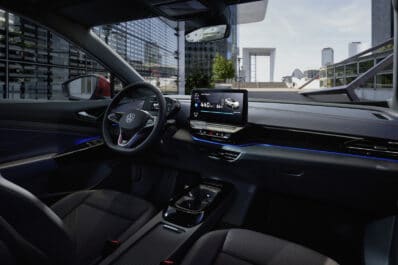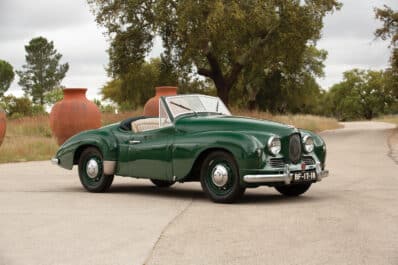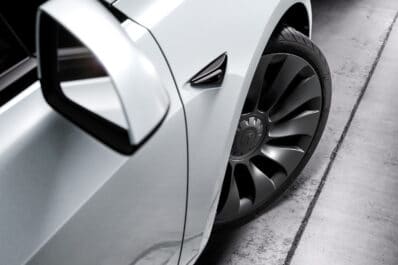We’ve all played with paper planes, but if Citroën has its way, we may soon be driving paper cars.
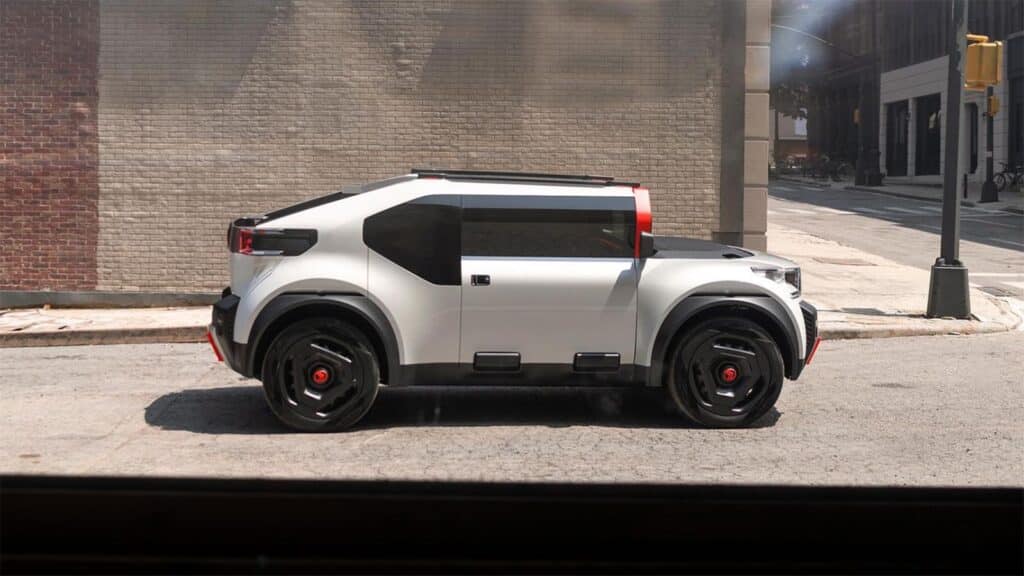
The French automaker just revealed a new concept vehicle that puts a premium on sustainability. It starts with a battery-electric drivetrain while adding recyclable parts that include honeycomb cardboard panels.
“Less is more,” the automaker proclaims about the Citroën Oli show car, and while it seems unlikely the prototype pickup will actually make it into production, it is expected to influence the brand’s future products.
Quirky design
French automakers have a history of introducing cutting edge designs — Citroën perhaps best known for its classic, lemon-shaped DS line. The Oli certainly lives up to the brand’s reputation.
The design is actually a blend of SUV and pickup, with a storage bed enclosed by a split tailgate. Surprisingly, Oli features an upright windscreen, and while it features four doors, the front ones must first be opened to allow access to the rear seats.
As wild as the basic design might be, where the Citroën Oli really stands out is in its use of sustainable materials, both inside and out.
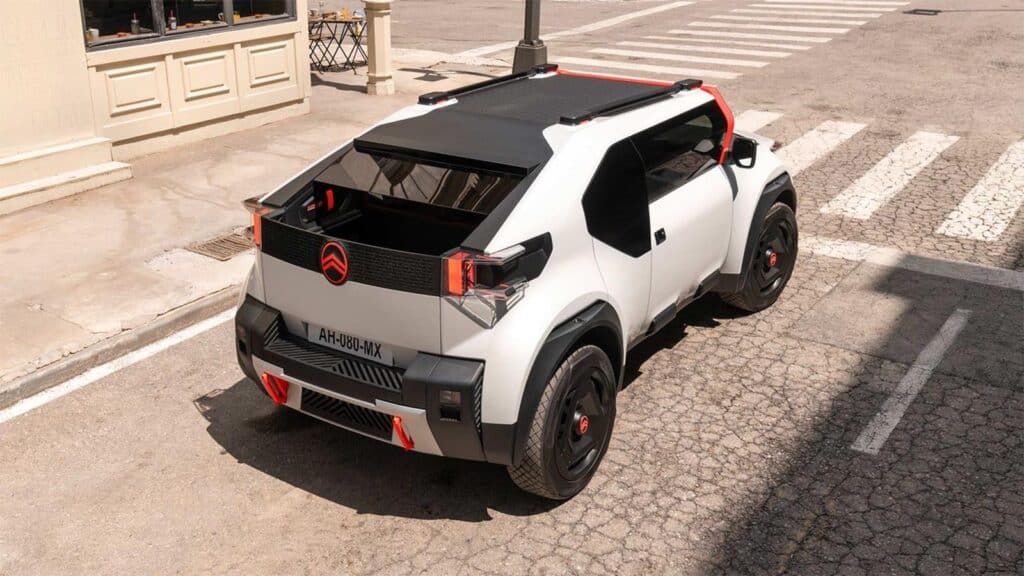
That includes body panels made of honeycomb cardboard sandwiched between fiberglass panels. Citroën claims they’re as strong as conventional steel but a full 50% lighter, helping improve the efficiency of the concept vehicles electric drivetrain.
Putting Oli on a diet
Reducing mass was a high priority for Oli’s development team. While the vertical windshield might run counter to modern trends, Citroën claims this significantly reduces weight. The automaker also equipped the show car with wheels using a steel-aluminum alloy. The tires, meanwhile, are made of a blend of sunflower oils, rice husk, pine tree resins and natural rubber.
With Oli, said Citroën, it has done something “other vehicle makers wouldn’t dare to do.”
The seats, meanwhile, are made of a recyclable mesh and they require 80% fewer parts than in traditional automotive seats.
Substantial range from a pint-sized battery pack
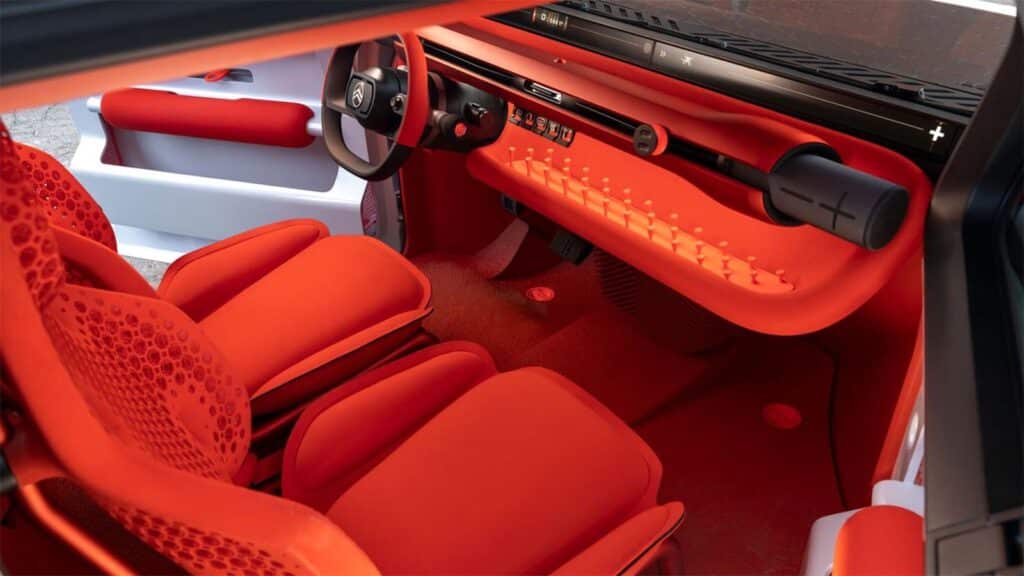
The focus on weight appears to have paid off. Citroën claims Oli can deliver up to 249 miles per charge. And that’s with a mere 40 kilowatt-hour lithium-ion battery. Similarly sized products currently on the road require anywhere from 50% to 100% larger packs to deliver that range. That said, the number is based on the global WLTP standard. Using the U.S. EPA test likely would drop that to somewhere closer to 200 miles.
An automotive “Swiss army knife”
Citroën claims the pack can go from a 20% to 80% state of charge in as little as 23 minutes using a public quick charger.
On the downside, Oli has a top speed of just 68 mph. That wouldn’t play very well in some markets, especially the U.S.
Among other unusual features, Oli’s Bluetooth speakers are not only lighter but removable, capable of working outside the vehicle.
The concept’s flexibility has Citroën likening Oli to a “Swiss army knife.”
Where the concept goes from here is uncertain. Though Citroën doesn’t plan to put Oli into production it does see the opportunity to use some of its features in future models. It’s possible it could influence future products from other brands owned by Euro-American automaker Stellantis. That includes U.S.-based marques including Dodge, Chrysler, Ram and Jeep, as well as Peugeot, DS and Fiat, among others.



